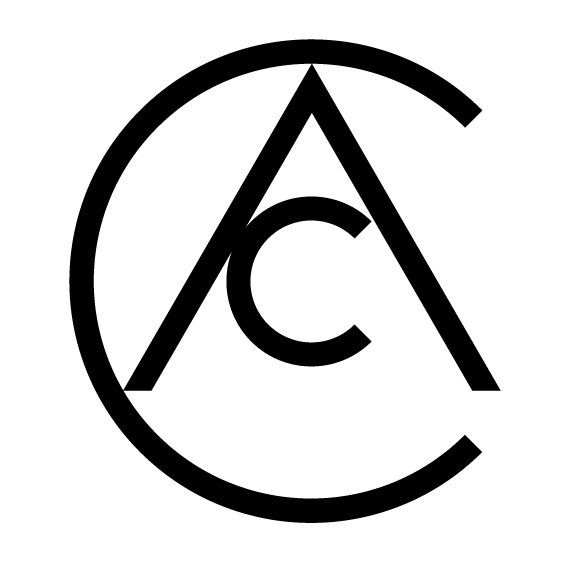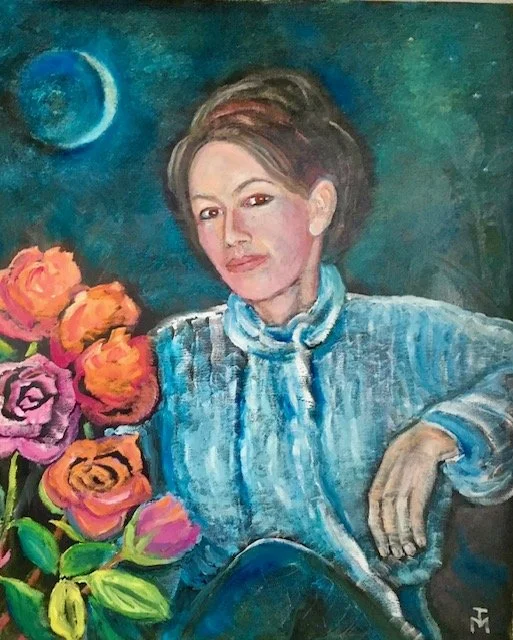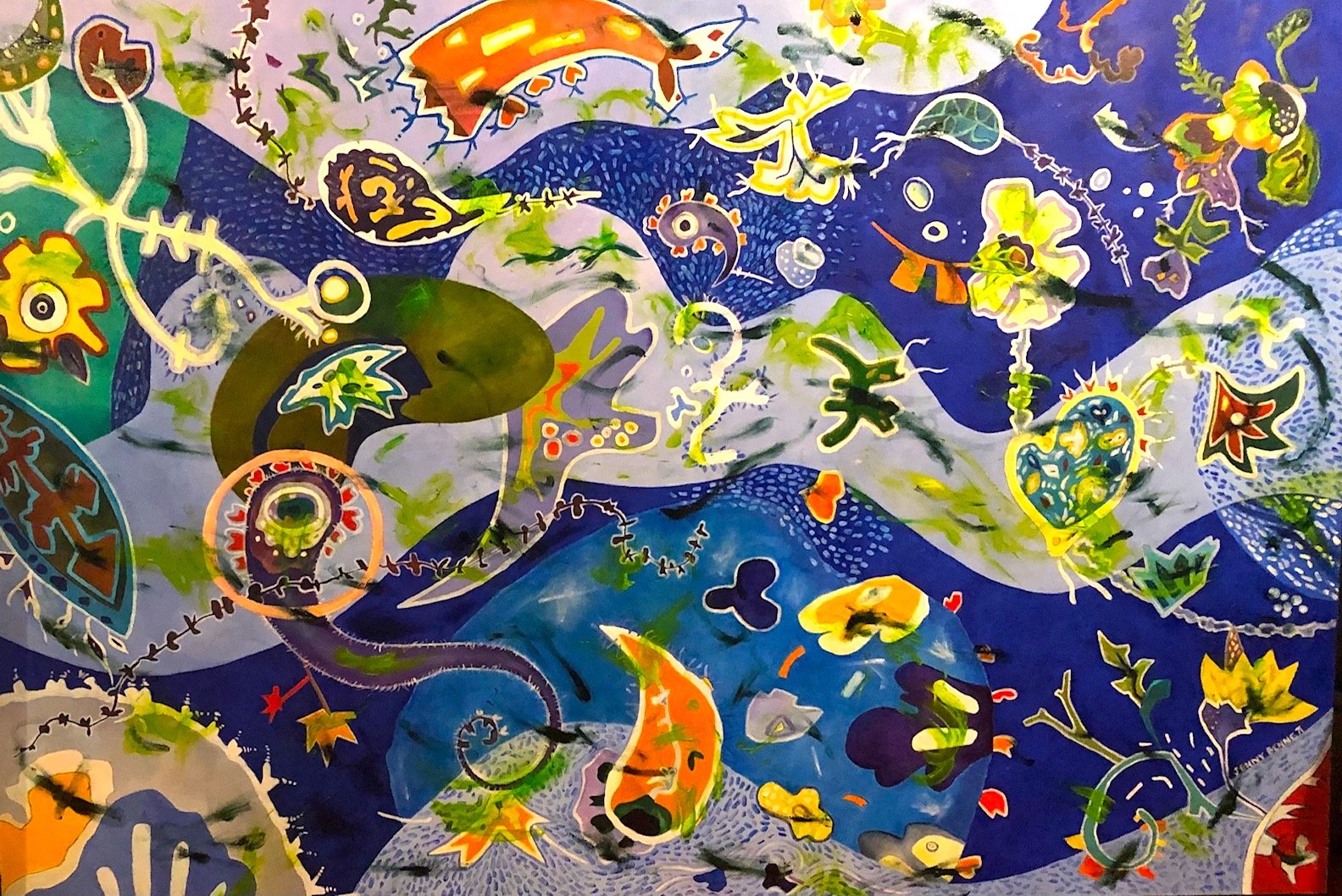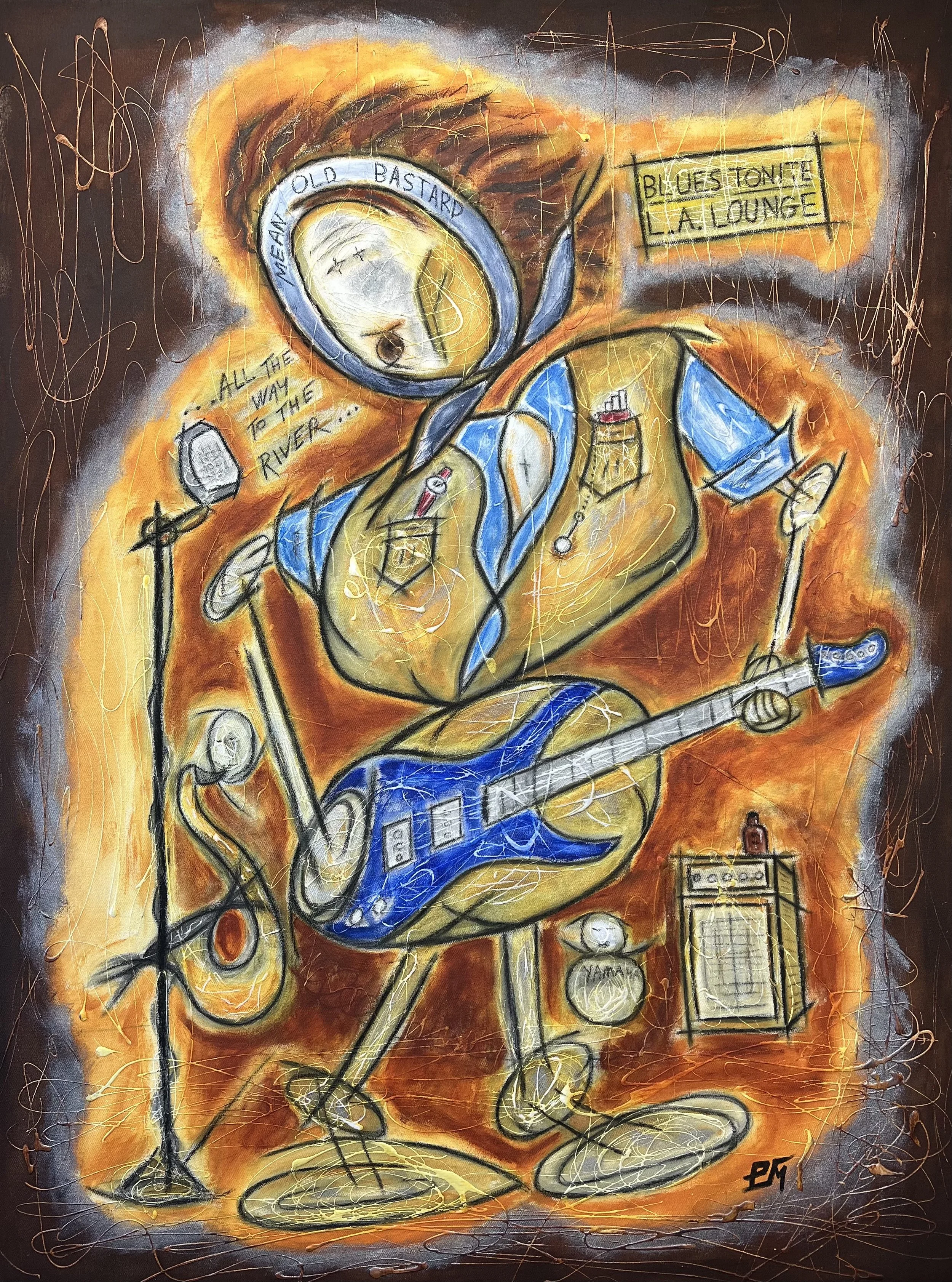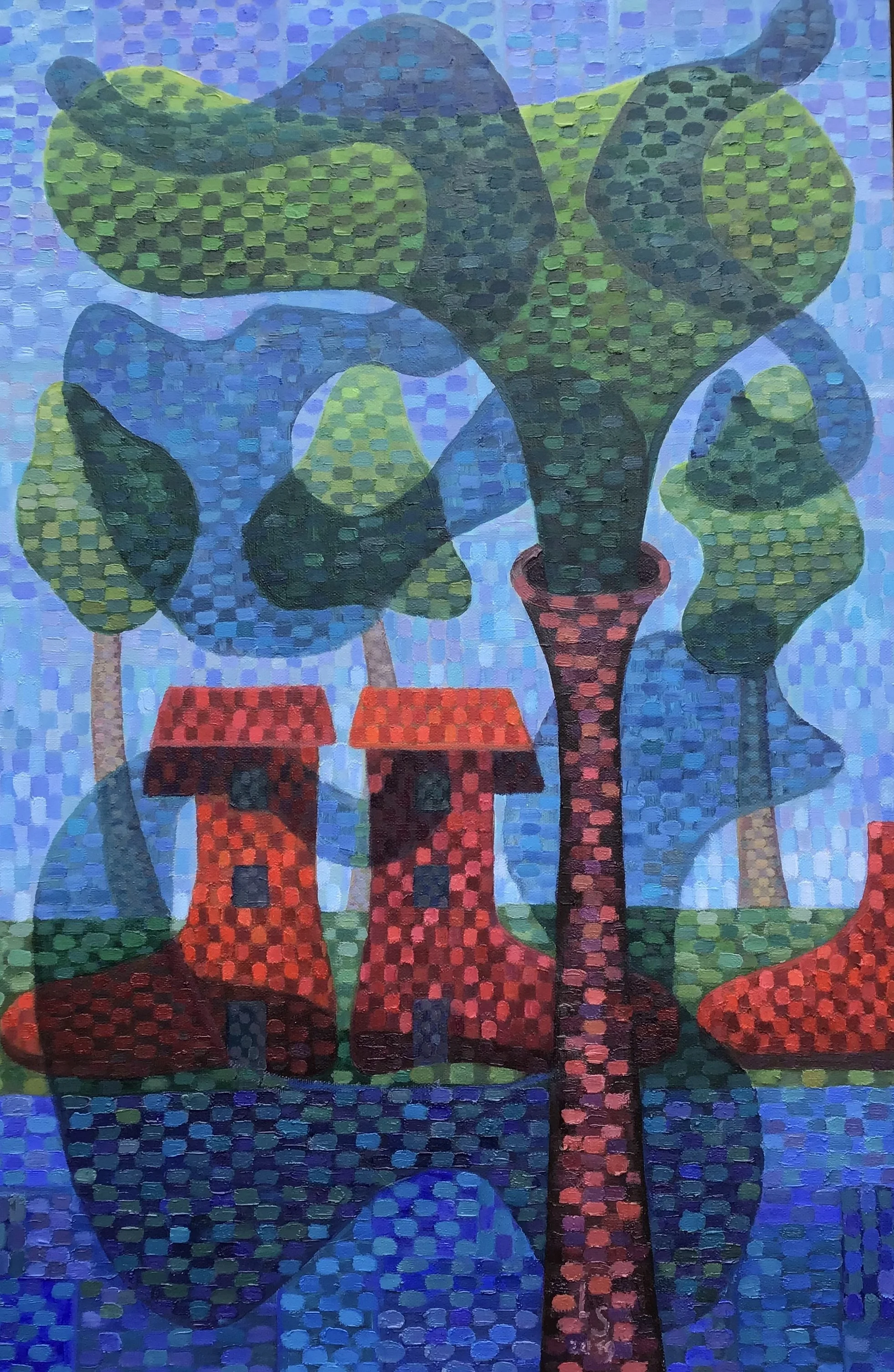I've noticed that no matter the city or the cultural backdrop, people respond to my work in similar ways. It’s a reminder that we all wrestle with the same fundamental issues—mental health, identity, connection, the struggle to make sense of our own minds in a world that doesn’t slow down. The themes I explore—vulnerability, resilience, the friction between humanity and technology—cut through cultural differences. They reach a part of us that’s universal.
All in Interview
Interview with Dr. Lowly
Dr Lowly’s (Low Lee Yong) artistic journey is a unique tapestry woven from diverse life experiences. While medicine and healthcare technology were his initial pursuits, a deep passion for art ultimately led him to fully embrace this creative path.
His prior experiences as a doctor, motivational speaker, author and health technology entrepreneur, spanning over two and a half decades, have profoundly shaped his artistic practice. Dr. Lowly brings strategic thinking, a spirit of innovation, and a keen understanding of human connection to his art. This unique blend allows him to approach each creation with focus and a sense of adventure.
Interview with Tamara Michel
My artistic development was formed under the influence of both, eastern and western European, cultures. The pulse of life of culturally diverse metropolitan cities like Moscow and Vienna allowed me to get close to world art master pieces and international famous artwork.
My love for impressionism was born visiting numerous museums of the Russian capital, while studying I was often in the Pushkin State Museum of Fine Arts attending regularly exhibitions. After moving to Vienna I was inspired later by Austrian artists as Gustav Klimt and focusing much in my own artwork on Austrian landscapes, churches and architecture.
Interview with Simone Monney
My artistic journey is a reflection of my inner self, driven by a deep desire to create harmony and well-being. I believe that well-being is an integral part of a broader art of living, which is why my multi-sensory installations embody my vision for the future. These installations are designed to offer a holistic experience, inviting viewers to connect with both my art and the world around us. I truly believe that each of us has a mission in life, and mine is to inspire harmony and love through my creations.
Interview with Carla Kleekamp
In the late 1980s, while visiting the Frans Hals Museum in the Netherlands, I stumbled upon a small exhibition of Japanese watercolors near the exit. In that moment, I knew this was exactly what I wanted to learn.
After that, I studied an old Japanese technique called ‘Njimi’ with a Chinese teacher for five years. In the early 1990s, I received a bursary to go to Japan."
Interview with Giora Carmi
Everything that we encounter, as we live with active senses, creates, in response, patterns of movements in the subtle energies of our body. There are the obvious ones, the emotions that we recognize and that have been given names in our culture, like sadness, worry, joy, etc., and there are many more, to which we have not given names. That’s where it starts to be interesting for me. This is where I go with my art.
Interview with Jenny Bennett
When I begin a work, I usually establish what it's about;- i.e the basics of line and form are blocked in, sometimes over a monocoat of colour, or if I want a really pure light colour to be present in the finished work I will apply this directly on to a white base. As the work progresses I often lose control and direction in some parts and although this can be difficult to work through and resolve, it is where the creativity sets in and the original vision may evolve. When I am in 'the zone' I am not making conscious decisions, I just seem to know what to do.
Interview with Despina Kyriacou
My vision can sometimes take an abstract quality, playing on the illusion of two dimensions and highlighting the interplay of light on surface textures. These elements combine to create a visual language, where perspective ambiguity and the fluidity of light and colour blend, inviting the spectator into another visual dimension that is abstract, to look deeper into elements of our world and question our relationship and co-existence with it.
Interview with Marco Secchi
Marco Secchi is an accomplished photographer renowned for documenting the UK Royal family with a thoughtful balance of access and ethics. Capturing moments that are both intimate and grandiose, Marco Secchi ensures personal boundaries are respected while telling compelling visual stories.
After relocating to Ljubljana, Marco presented a black and white photography exhibition offering a fresh, minimalist perspective of the city. By focusing on light and shadow, the absence of color invited viewers to engage more deeply with composition and emotion.
Interview with Trần Quang Đại
Trần Quang Đại (b.1992) embarks on a global odyssey, carrying a suitcase brimming with life's precious moments. A prominent public figure, Dai's academic background includes a graduation from ULAW HCMC in IP Law and making his way to be a lawyer at Judicial Academy. Presently, he utilizes the medium of memory as a means of expression, providing us with a glimpse into the imprinted imperfections of coexisting memories.
His ongoing performance practice, embodied in the poignant question "How are you these days?", serves as the artist's voyage into the realm of art. Đại’s artistic endeavors intertwine with the realm of non- profit art therapy, enriching his journey with a profound impact on both himself and those who engage with his installations.
Interview with Hazu Ionut
By creating new and innovative works of art, I hope to leave a lasting mark in the world of art. I hope that my work will raise awareness of important issues to challenge power structures and inspire social change. Leaving behind works of art that provoke thinking from a visual point of view, I hope to leave a legacy that will be appreciated by the next generations of artists.
Interview with Paul Scott Malone
How we, in art, transcend the perils of life is by falling in love with our own characters, our interiors or landscapes, scenes, nudes, tigers, cityscapes, strange abstractions ... your model, your dog, your nation ... and we let that love speak in our work. It's the fundamental philosophy of fine art: to uplift by sharing ourselves with each other and thereby create a civilization based more on love than hatred, one heart to another. "Spill the beans on yourself," as Falkner advised. The viewer can see it in the artwork whether they know it or not, and we respond most fondly to those works that expose the most.
Interview with Nicola Barth
Nicola Barth, born in 1966 in Mölln, now resides near Frankfurt am Main, where she pursued a master's degree in German language and literature at JW Goethe University. Her initial passion for writing books shifted as she embraced non-representational painting, seeking to express the profound and permanent metamorphosis processes that elude verbal articulation. Her art delves into the interstices of existence, merging opposites and embracing ambivalence. It reveals an unseen world beyond the obvious, inviting viewers to immerse themselves in the poetry of transitions.
Interview with MaRIK (Maria Kontogiorgou)
MaRIK (Maria Kontogiorgou) is an accomplished multidisciplinary artist, animator, and illustrator with over a decade of professional experience. She holds an MA in Animation from the University of the West of England (UWE) in Bristol and has developed a unique expertise in digital and mixed media. Her work seamlessly blends traditional and modern techniques, and she has gained recognition for creating compelling visual narratives across a variety of media.
Interview with Ash Gray
Human is my art pseudonym it is that I am only human, but it is also: help u my ally named. Because I do not know who the viewer is. For myself it is clear what I want to do heal part of myself and hopefully anyone else, in this sense I can only hope my works deeply resonate with people to bring them closure or understanding or solace, I mean you no harm.
Interview with Luana Stebule
Only in 2020, during the pandemic period I discovered a new way how to express myself. My thoughts about humanity, family, beloved one’s, invisible connections with each other’s and more things allowed me to become more sensitive and deeper. I made to many sketches, and it was surprisingly something new to me. I think, it is something unique. I have transformed personal to impersonal in power of general believes. I cannot predict what will happen in the future. I am living here and now!
Interview with Carol Wates
When I went into advertising as a designer, I had already completed four years study at art college. The last two years were devoted to drawing and illustration. I took these skills into advertising, and for five years worked incorporating design and typography in a given space. I like to think that this experience has crept into my iPad pictures.
Interview with María Aparici
The artist's work must be committed to the culture and influences of the time, I have repeated it a thousand times, to be able to express ideologically and conceptually the fashion of the moment in the social and political sphere, to protest, to the extent possible. and try to change what is erroneous, archaic, obsolete traditions that no longer contribute anything.
Interview with Hans van Wingerden
The application of different materials is brought together by me. These correspond almost entirely to what is happening in my head, leaving the space open to allow spontaneous expressions. The creative process is a process of creation in which all kinds of means of expression are combined. The aforementioned layering is a part that is taken into account in order to sublimate the maximum, without compromising the visual aspects. By integrating the different starting points that relate to the image, the total concept can be discovered and composed
Interview with Elin Kereby
Elin Kereby is a contemporary artist from Sweden. She has a MSc in financial mathematics from the Royal Institute of Technology in Stockholm and a Masters in art from Milan Art Institute. She is a certified yoga teacher and spiritual life coach and has worked more than ten years as an executive in the finance industry. Her art draws inspiration from nature and is influenced by her passion for social change focused on empowerment and systemic transformation.
